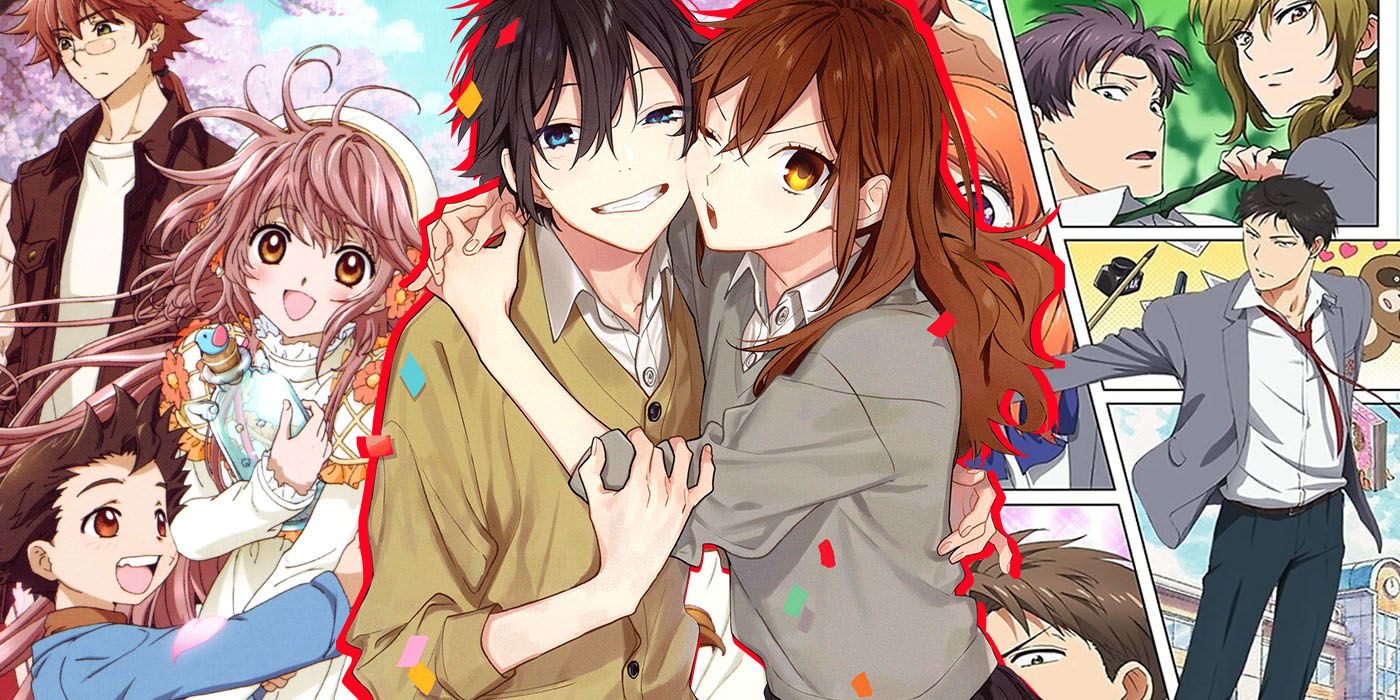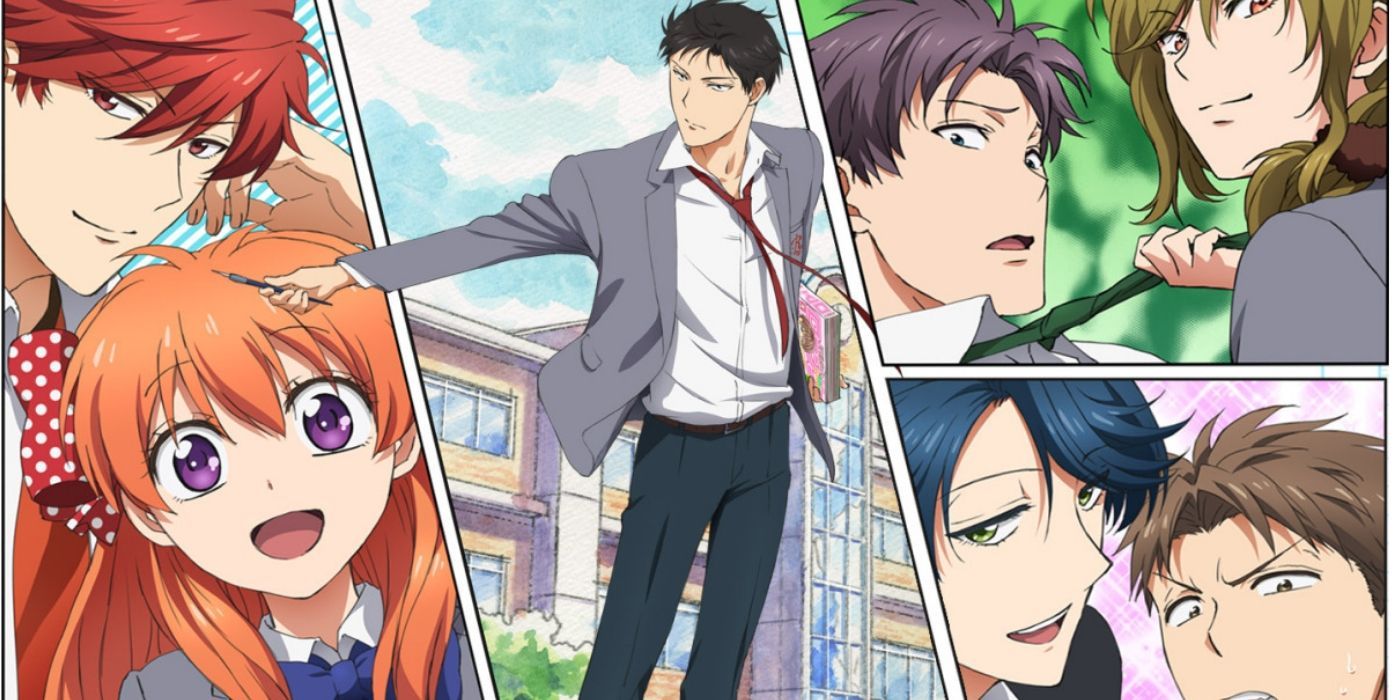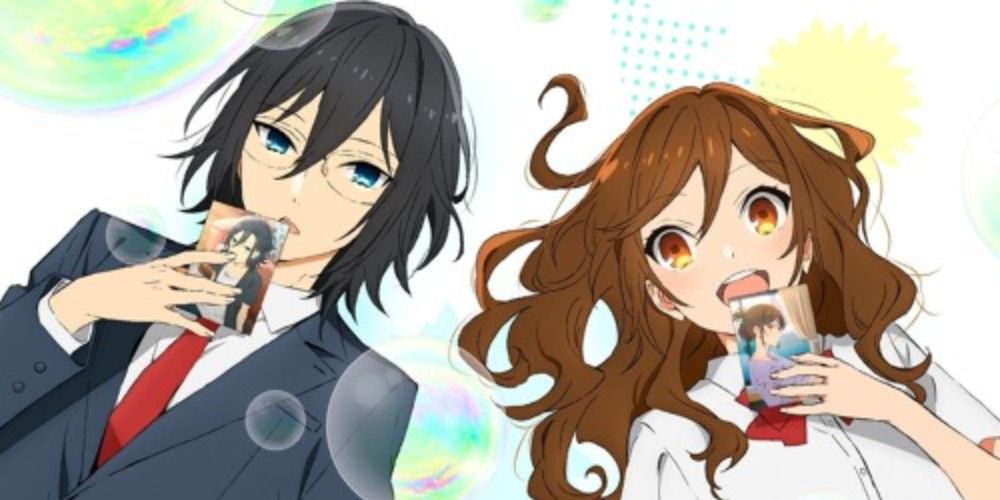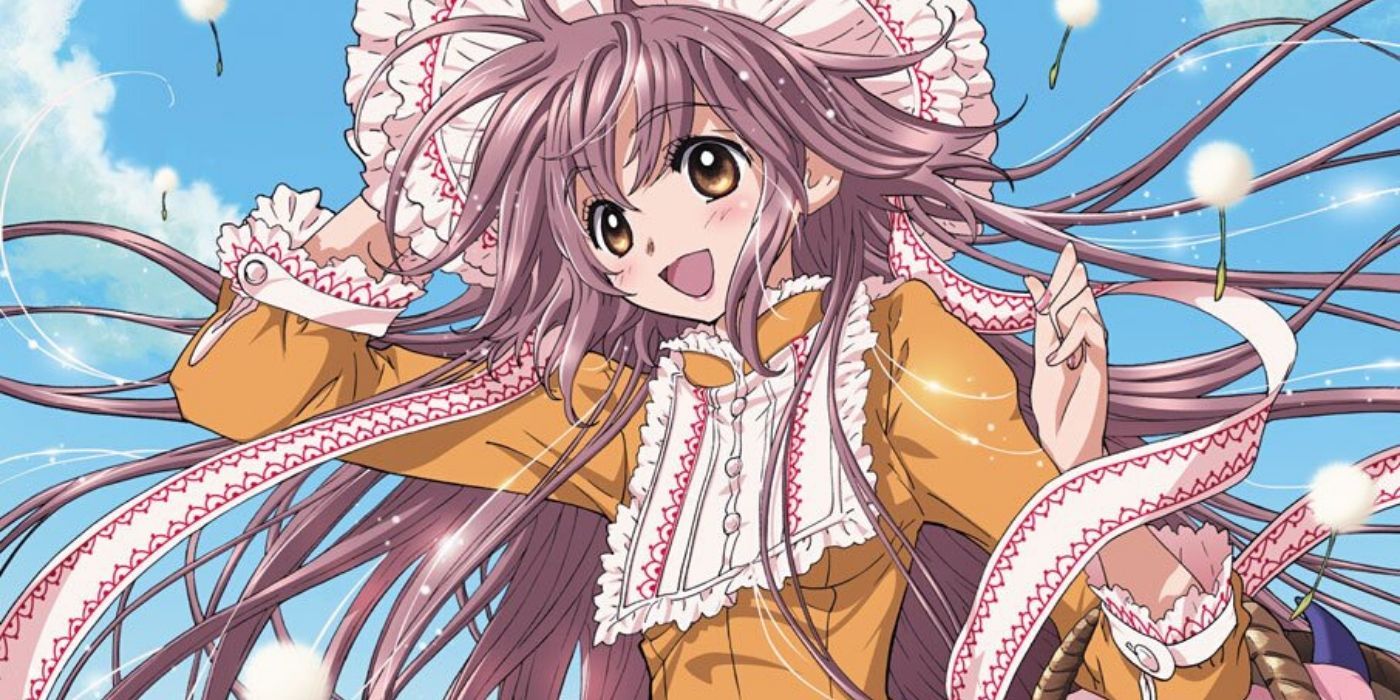The romance genre is a staple for most shojo anime, but it isn't a genre that's exclusively tied to it. There are just as many romances made with a male audience in mind, with many being released each season. It's usually pretty easy to tell shojo romance apart from their shonen counterparts, but there are a few exceptions to the rule.
These shonen and seinen romance series adhere to the same sets of rules as most shojo romances. Despite their deceiving aesthetics, each of the following series were exclusively published in shonen or seinen magazines.
Monthly Girls' Nozaki-kun Reverses Gender Roles
Most shonen romantic comedies' variety tend to put more focus on the many attractive girls in its main cast. Even if the protagonist is male, most of the merchandise, official art, and even manga covers will prioritize featuring the female cast over the male characters. Monthly Girls' Nozaki-kun is notable for pulling the gender reversal card in a lot of aspects, not just in the show itself, but outside of it as well.
While Chiyo Sakura is largely the point of view character, most of the promotional material puts more focus on Nozaki, the male lead. Official merchandise also tends to favor the male cast. For example, when character songs were released, none of the female characters were included, not even Sakura -- although her voice actress does sing the show's ending theme. Even the beach chapters, which are often used as an excuse for fan service, was used for comedic purposes, with the good old wardrobe malfunction trope occurring with the boys instead of the girls. Despite its shonen roots, the anime production team also seemed to anticipate that the show would be more popular with a female audience, which is why they specifically hired a woman to direct it as well.
Horimiya's Male Lead is More Popular
Horimiya is an interesting case, as the colorful first love story is considered a seinen. Both characters are given equal billing in promotional art, but Miyamura is unequivocally the more popular of the two. As such, he tends to get more attention than Hori, being the only one that's gotten a Nendoroid and appearing more often on the covers of the manga volumes.
The series is also well known for having a lot of attractive male characters, with more manga chapters that focus on the boys hanging out compared to the girls. The show also largely maintains a wholesome atmosphere, with no fan service, not even during the chapter that takes place in the swimming pool, which didn't feature any female characters at all.
Kobato. Is Completely Wholesome
Kobato. isn't actually a shonen romance, but rather, a seinen, but it's a male-targeted romance anime all the same. Unlike the past two examples, the titular heroine gets more focus than the male lead, just like any other male-targeted romance. What makes Kobato. yet another exception to the rule is its lack of fan service. Even when Kobato wears a maid-like dress for a part-time job at a café, the scene isn't treated as fan service, but more like a girl getting to try on a cute outfit for the first time. A scene that would look familiar to many avid shojo manga readers. While most seinen and shonen romances will introduce many female characters later in its run, either to act as romantic rivals or be introduced to the heroine's social circle, the main cast of Kobato.'s main cast remains fairly small, with most of its focus planted on her, her boss, and her love interest.
Another property that these titles have in common that probably lends to them leaning more into aesthetics found in shojo are the mangaka behind them. All of these titles were written by women, and both Tsubaki Izumi and CLAMP have had previous experiences penning shojo manga. That isn't to say that all shonen and seinen romances written by women end up like this. CLAMP has also written the fan service-laden Chobits, and one of the most well-known works from the female mangaka duo known as PEACH-PIT is DEARS, a harem romance with, unsurprisingly, quite a lot of fan service as well.
Now, does the fact that all these titles read more like a shojo series rather than a shonen or series make it better? At the very least, that makes them more accessible to people outside the target audience. But whether that makes the show better, will, that's ultimately something that can vary based on personal taste.




